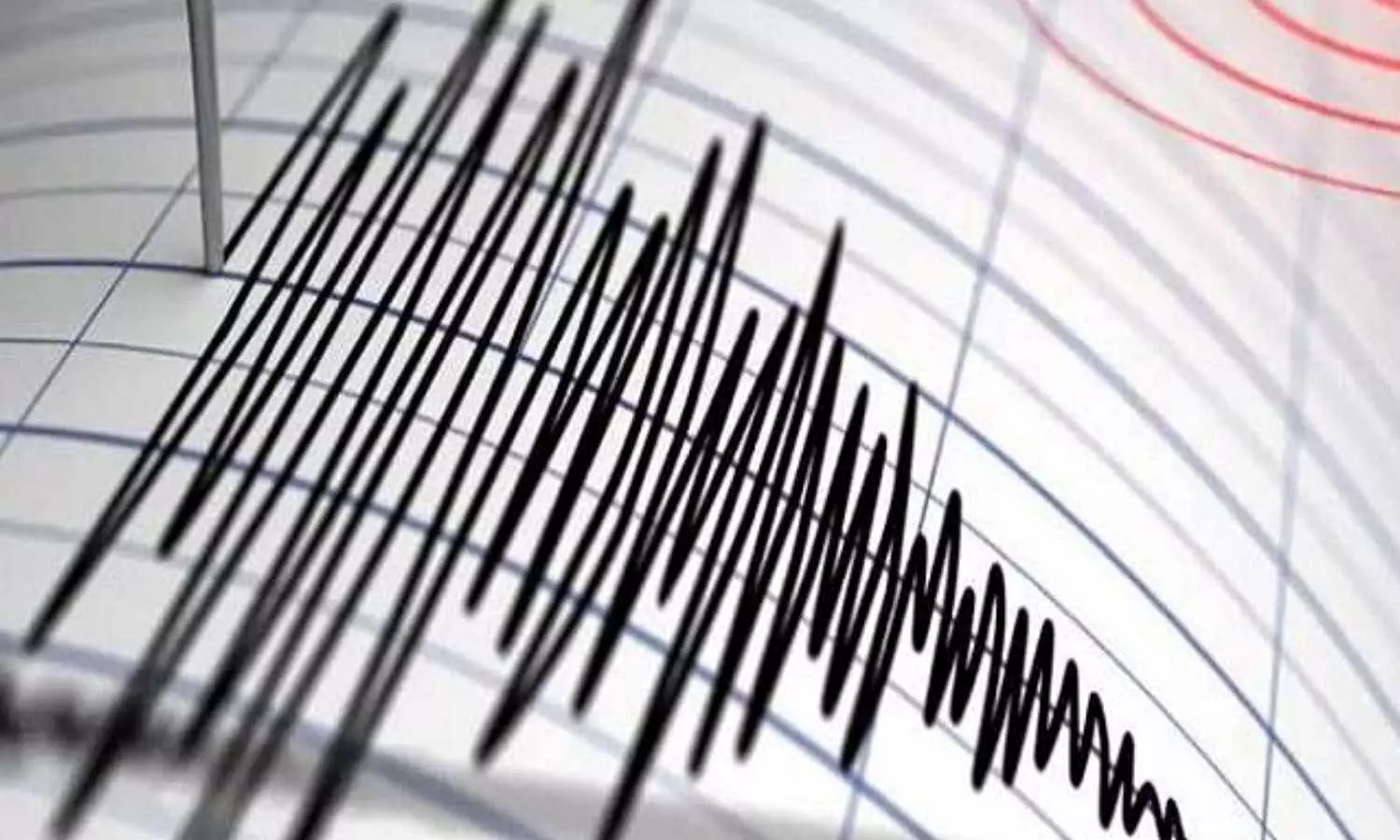Delhi Resides In A High-Risk Seismic Zone
Delhi is situated in zone IV, characterized by relatively high seismic activity, where earthquakes typically range from 5 to 6 magnitude, with some reaching 6 to 7 magnitude and occasionally 7 to 8 magnitude.
Delhi Resides In A High-Risk Seismic Zone

Near the city, several fault lines pass through high-risk seismic zone 4, including the Aravali, Mahendragarh-Dehradun, Haridwar Ridge, Mathura, and Sohana. However, the current earthquake, which struck on Monday morning, originated in a partially dried lake in Dhaula Kuan, southwest Delhi.
This tremor, which registered a magnitude of 4, was the strongest quake the city has experienced in five years, following a 4.5 magnitude earthquake that occurred on May 29, 2020, also from this area. With Delhi's dense population and its proximity to the Himalayas—just 250 km away in the higher-risk seismic zone 5—Monday's event sparked renewed discussions about the city's earthquake preparedness.
Experts noted that while the region features several fault lines where tectonic plates intersect and cause seismic activity, the primary threat comes from the Himalayan region. Nonetheless, Delhi is particularly vulnerable due to its crowded urban environment and buildings that often lack proper earthquake-resistant designs.
"Seismic activity in the Delhi-NCR isn’t overly intense. The Himalayan faults are the main active zones. This is why Delhi feels minor tremors that originate locally, but it's more significantly affected by even slight quakes from the Himalayan area," explained JL Gautam, a senior scientist at the National Centre for Seismology (NCS). He stressed that current technology cannot predict when, where, or how strong an earthquake will be.
Risk Factors for Delhi
The city's development has largely overlooked its geographical and geological realities. High-rise buildings have sprung up in risky areas without proper adherence to earthquake-resistant standards. Unplanned constructions, particularly in Connaught Place and the trans-Yamuna region—with many structures lacking quality—are especially prone to severe damage, even from moderate earthquakes.
After the Chamoli earthquake in 1999, which was felt in Delhi, there were reports of cracks appearing in high-rise buildings situated on alluvial deposits in the trans-Yamuna area.
An earthquake in Delhi could lead to significant economic and political fallout for the entire country.

